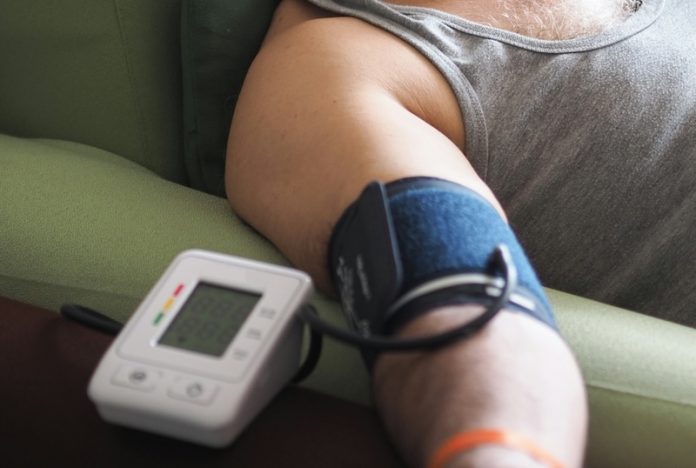
Hypertension, or high blood pressure, is a well-known health issue that can lead to serious problems like heart disease, stroke, and kidney failure. But there’s a lesser-known form of this condition called masked hypertension that can be just as dangerous, if not more so.
Masked hypertension occurs when your blood pressure appears normal during a doctor’s visit but is actually high at other times, such as at home or during daily activities.
This article will help you understand the implications of masked hypertension in a way that’s easy to follow, even if you’re not familiar with medical terms.
Masked hypertension is particularly tricky because it can go undetected for a long time. During a routine check-up, your blood pressure might look perfectly fine, leading both you and your doctor to believe that everything is under control.
However, when you’re outside of the doctor’s office, your blood pressure may spike, putting you at risk for the same complications as someone with consistently high blood pressure.
Research has shown that people with masked hypertension have a higher risk of cardiovascular problems compared to those with normal blood pressure.
A study published in the Journal of the American College of Cardiology found that individuals with masked hypertension were more likely to develop heart disease and experience cardiovascular events like heart attacks or strokes.
This is because the periods of high blood pressure, even if they’re not detected during a doctor’s visit, can still cause damage to the heart, blood vessels, and other organs over time.
One of the main challenges with masked hypertension is that it’s often not diagnosed until it has already caused some damage. People with masked hypertension may feel reassured by normal blood pressure readings at the doctor’s office, but these readings don’t tell the whole story.
The condition is often discovered only after a serious health event, such as a heart attack or stroke, which could have been prevented if the high blood pressure had been identified earlier.
So, what causes masked hypertension? There are several factors that can contribute to this condition. One of the most common is stress. Some people feel more relaxed in a medical setting, which can temporarily lower their blood pressure during a check-up.
But once they return to their regular routine, stress levels—and blood pressure—can rise. Another factor is lifestyle habits, such as diet, physical activity, and alcohol consumption, which can all affect blood pressure differently at different times of the day.
Understanding whether you might have masked hypertension is important for your health. One way to detect it is through home blood pressure monitoring.
This involves using a device to check your blood pressure at various times throughout the day, not just during a visit to the doctor. By comparing these readings to the ones taken in the doctor’s office, your healthcare provider can get a more accurate picture of your blood pressure patterns.
Ambulatory blood pressure monitoring, where a device automatically measures your blood pressure over 24 hours, is another method that can help identify masked hypertension.
If you’re diagnosed with masked hypertension, it’s important to take steps to manage it, just as you would with regular hypertension.
Lifestyle changes such as reducing salt intake, exercising regularly, losing weight if necessary, and managing stress can all help lower your blood pressure. In some cases, medication may also be needed to keep your blood pressure under control.
In conclusion, masked hypertension is a hidden risk that can have serious consequences if left undetected. Even though it might not show up during a routine doctor’s visit, it can still cause significant harm to your cardiovascular health.
By being aware of this condition and monitoring your blood pressure at home, you can take proactive steps to protect yourself. If you suspect you might have masked hypertension, talk to your doctor about the best way to monitor your blood pressure and manage your overall health.
Early detection and management are key to preventing the complications associated with this silent but serious condition.
If you care about high blood pressure, please read studies that early time-restricted eating could help improve blood pressure, and natural coconut sugar could help reduce blood pressure and artery stiffness.
For more information about blood pressure, please see recent studies about How to eat your way to healthy blood pressure and results showing that Modified traditional Chinese cuisine can lower blood pressure.
Copyright © 2024 Knowridge Science Report. All rights reserved.



